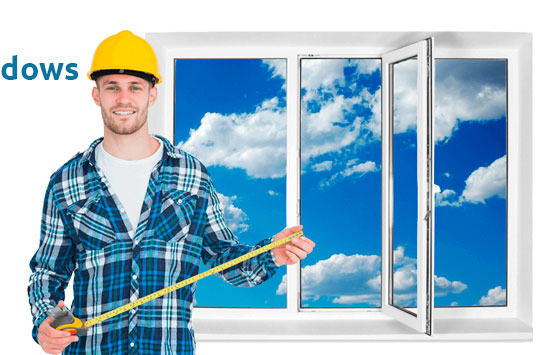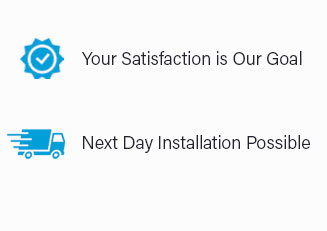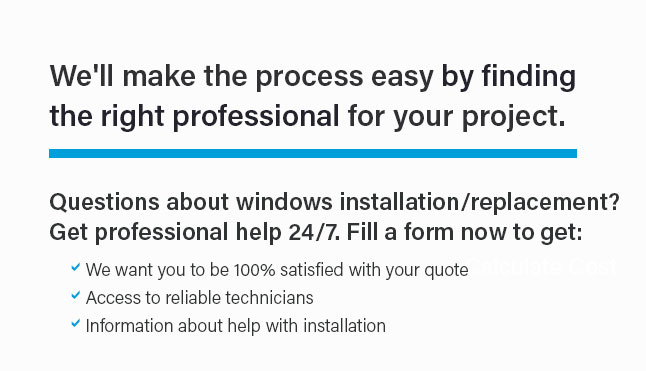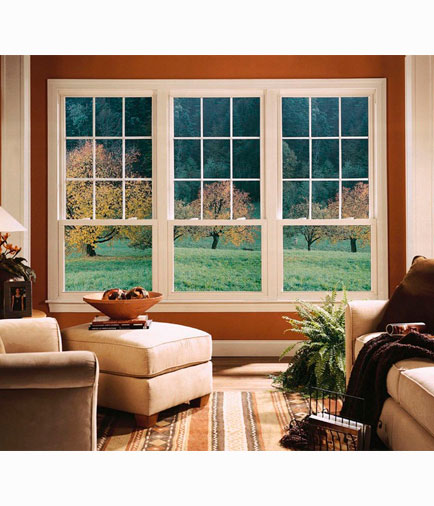 |
 |
 |
 |
 |
|
 |
 |
||
 |
 |
 |
 |
 |
 |
 |
 |
|
 |
||
 |
 |
 |
|
Understanding Window Replacement Prices: A Comprehensive GuideIn the ever-evolving realm of home improvement, window replacement stands as a pivotal element, blending both aesthetics and functionality. As homeowners embark on this transformative journey, understanding the intricacies of window replacement prices becomes paramount. This guide delves into the multifaceted world of window replacement costs, shedding light on various factors that influence these expenses while offering subtle insights to aid your decision-making process. First and foremost, the type of window you choose plays a significant role in determining the overall cost. Vinyl windows, for instance, are often lauded for their affordability and energy efficiency. These windows tend to be a popular choice among budget-conscious homeowners, offering a cost-effective solution without compromising on quality. On the other hand, wooden windows exude a classic charm and offer superior insulation, albeit at a higher price point. For those seeking a middle ground, fiberglass windows present a compelling option, combining durability with a reasonable price range. Another critical factor influencing window replacement prices is the size and complexity of the installation. Larger windows or those with intricate designs naturally incur higher costs due to the increased materials and labor required. Additionally, the number of windows being replaced can significantly impact the overall expenditure. It's worth considering that replacing multiple windows simultaneously often yields economies of scale, potentially reducing the cost per window. Geographical location also holds sway over window replacement prices. In urban areas, where the cost of living is generally higher, one might find that window installation services come with a steeper price tag compared to rural regions. Moreover, local climate conditions can dictate the type of windows best suited for your home, subsequently influencing the price. In colder climates, for instance, investing in double or triple-glazed windows may be advisable, albeit at an additional cost, to ensure optimal insulation.
In conclusion, while window replacement prices may initially seem daunting, they represent a valuable investment in your home’s future. By carefully evaluating the various factors at play and aligning them with your personal preferences and budget, you can make informed decisions that harmonize both practicality and style. Remember, the cheapest option is not always the best; rather, the goal should be to achieve a balance between cost, quality, and the long-term benefits that new windows can provide. As you embark on this home improvement venture, may your choices reflect not only financial prudence but also a commitment to enhancing the comfort and value of your home. https://www.ctpost.com/best/home-services/windows/how-much-window-replacement-cost-ct/
Prices for this type of window frame range between $300 and $1,200 per window. Fiberglass Similar to vinyl in their insulation abilities but with increased ... https://www.bobvila.com/articles/window-replacement-cost/
Window replacement has a typical cost range of $180 to $409 per window, with a national average cost of $280 per window. The exact cost to ... https://www.cliftonexteriors.com/window-replacement-costs-for-homes-in-fairfax-va/
The average cost to replace windows is $900 per window, including installation. Your window replacement cost varies based on several factors, such as where you ...
|